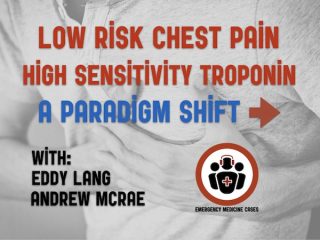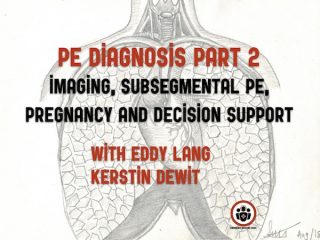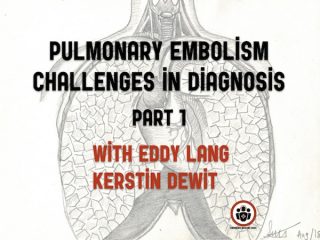Ep 128 Low Risk Chest Pain and High Sensitivity Troponin – A Paradigm Shift
In the age of high sensitivity troponins and the HEART pathway, which patients are safe to discharge home from the ED? What are the most useful historical factors to increase and decrease your pretest probability for ACS? Which cardiac risk factors have predictive value for ACS? Why should the words "troponitis" and "troponemia" be banned? How should high sensitivity troponin be interpreted differently than conventional troponin? Which is better for delta troponin interpretation - an absolute change in troponin or a percentage change? Which delta troponin is best - 1hr, 2hr or 3hr? What are the limitations of the HEART pathway? and many more....



